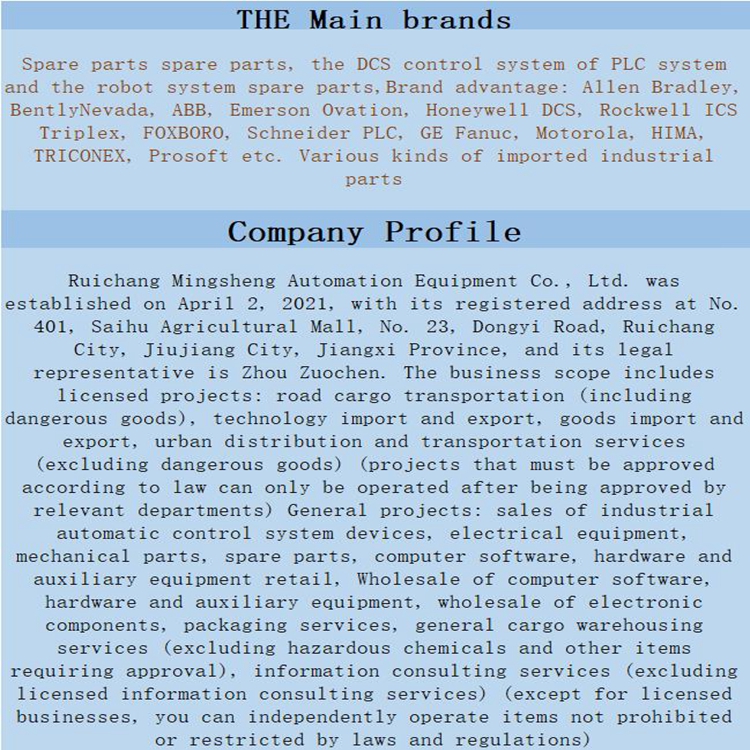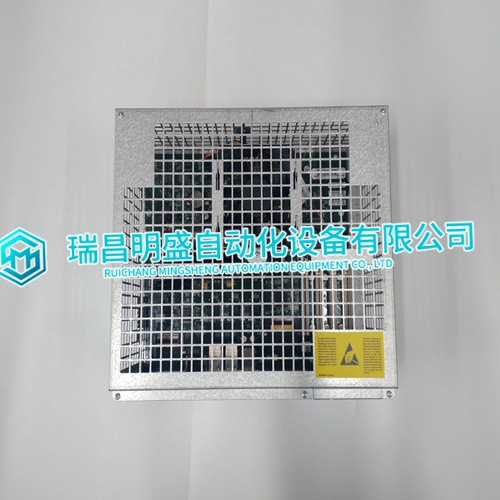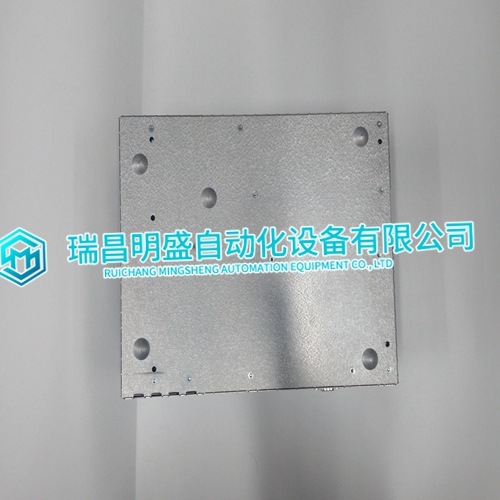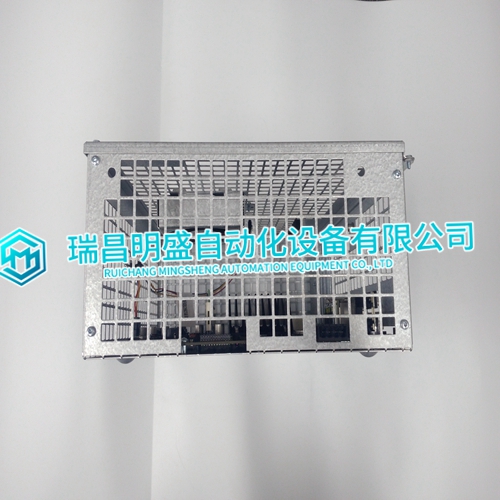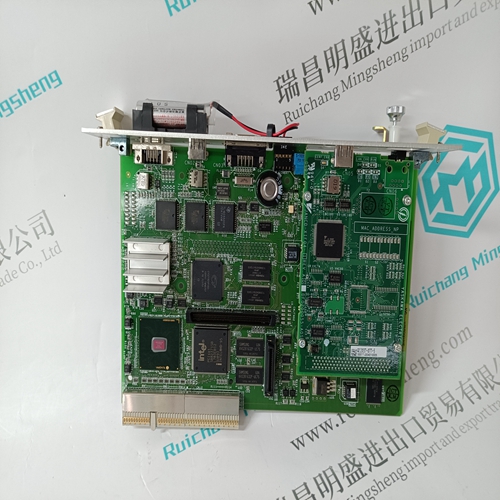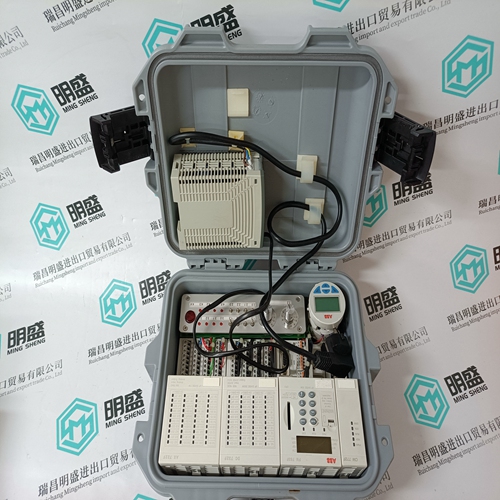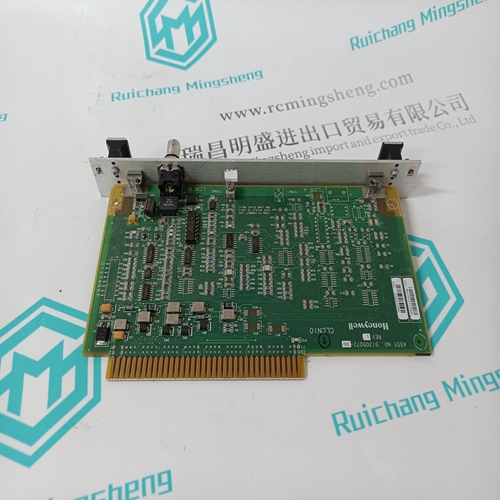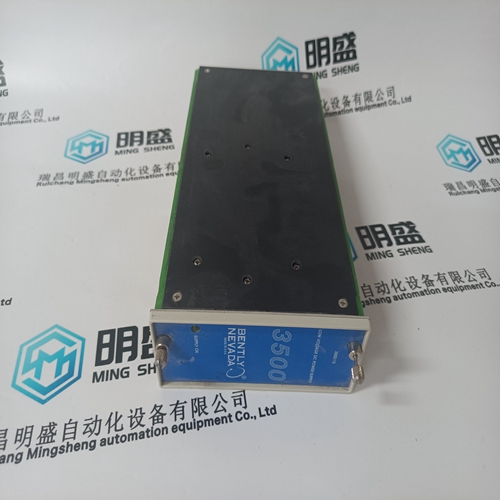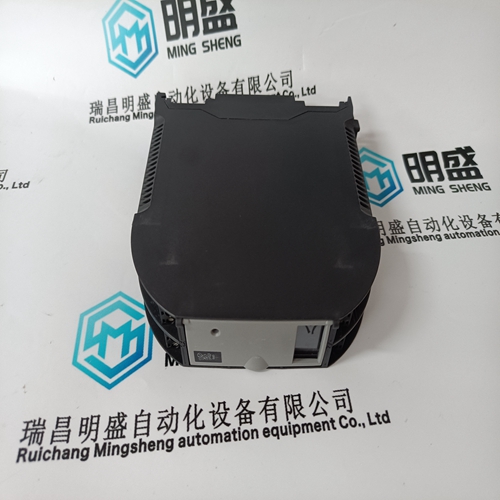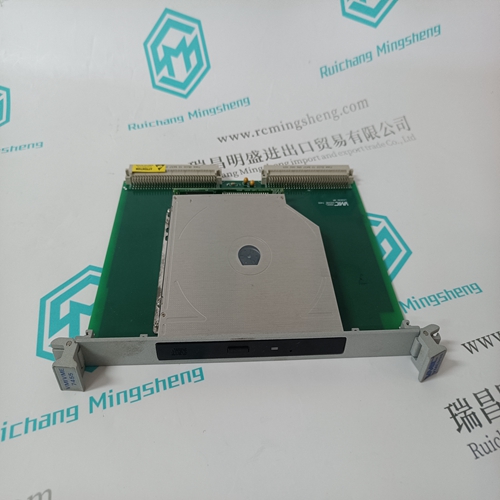Home > Product > DCS control system > DSQC639 3HAC025097-00116 Teaching module
DSQC639 3HAC025097-00116 Teaching module
- Product ID: DSQC639 3HAC025097-00116
- Brand: ABB
- Place of origin: The Swiss
- Goods status: new/used
- Delivery date: stock
- The quality assurance period: 365 days
- Phone/WhatsApp/WeChat:+86 15270269218
- Email:stodcdcs@gmail.com
- Tags:DSQC6393HAC025097-00116Teaching module
- Get the latest price:Click to consult
DSQC639 3HAC025097-00116 Teaching module
Modbus TCP/IP Client (Master) Actively reads data from and writes data to Modbus TCP/IP devices, using MBAP or Encapsulated Modbus message formats Offers one client connection with up to 100 commands to talk to multiple severs RJ45 Connector Link and activity LED indicators Electrical Isolation 1500 V rms at 50 Hz to 60 Hz for 60 s, applied as specified in section 5.3.2 of IEC 60950: 1991 Ethernet Broadcast Storm Resiliency = less than or equal to 5000 [ARP] frames-per-second and less than or equal to 5 minutes duration This section describes how the MVI46-MNET module transfers data between itself and the processor, and how it implements the Modbus TCP/IP protocol. 5.2.1 General Concepts The following discussion explains several concepts that are important for understanding the operation of the MVI46-MNET module.
Module Power Up
On power up the module begins performing the following logical functions:
1 Initialize hardware components
2 Initialize SLC backplane driver o Test and clear all RAM o Initialize the serial communication ports o Read configuration for module from MNET.CFG file on Compact Flash Disk
3 Initialize Module Register space
4 Enable Server Drivers 5 Enable Client Driver After the module has received the configuration, the module will begin communicating with other nodes on the network, depending on the configuration
Main Logic Loop
Upon completing the power up configuration process, the module enters an infinite loop that performs the functions shown in the following diagram.The MVI46-MNET module communicates directly over the SLC backplane. All data for the module is contained in the module's M1 file. Data is moved between the module and the SLC processor across the backplane using the module's M1 file. The SLC scan rate and the communication load on the module determine the update frequency of the M1 file. The COP instruction can be used to move data between user data files and the module's M1 file. The following illustration shows the data transfer method used to move data between the SLC processor, the MVI46-MNET module, and the Modbus TCP/IP Network
